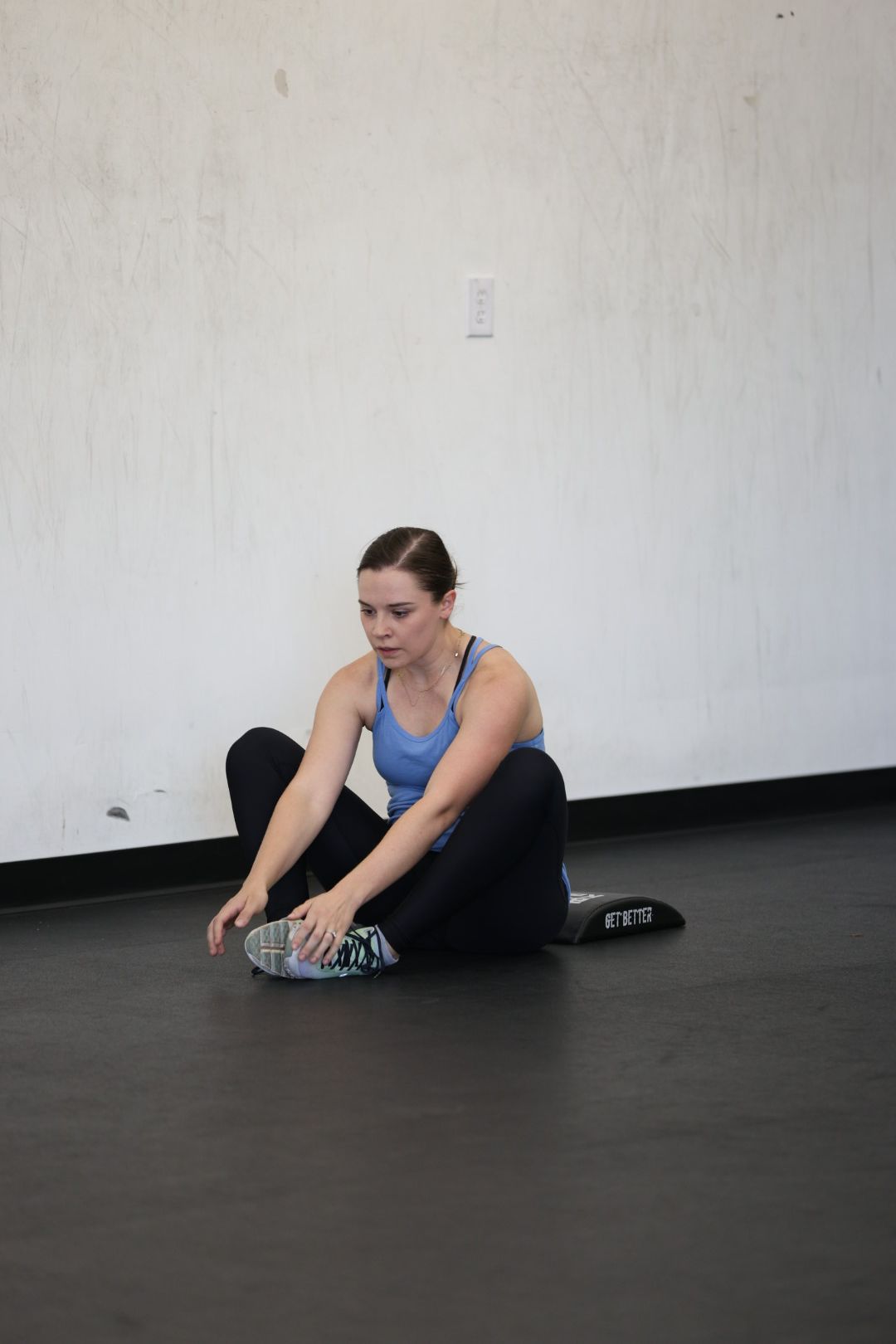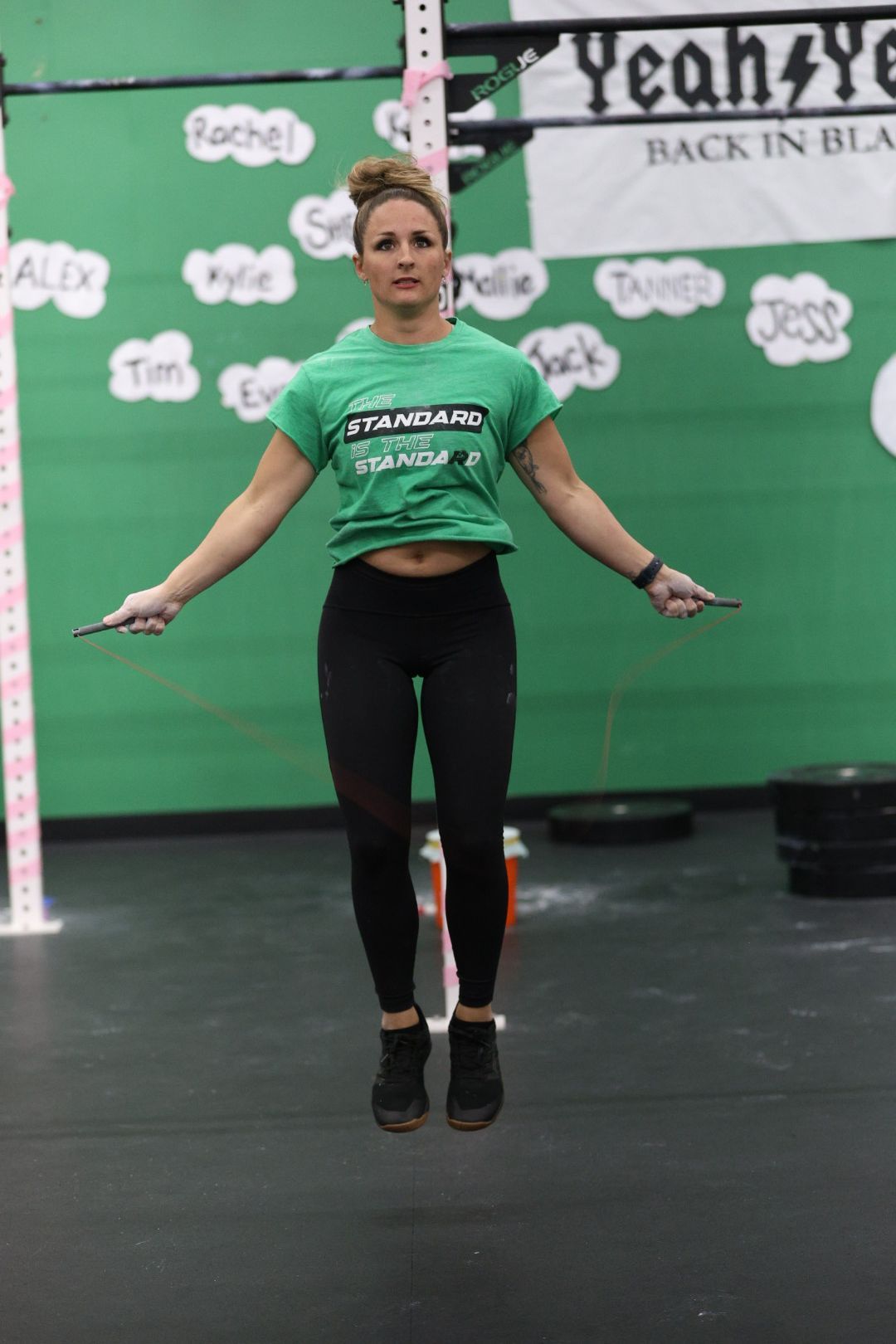What to bring with you to the gym...
This is a subtitle for your new post

What to Bring to the Gym: Your Ultimate Gear Guide
Walking into Righteous for the first time? Or maybe you’re a seasoned Veteran and just want to make sure you’re not missing anything in your bag. Either way, showing up prepared makes a difference — in your performance, recovery, and overall experience.
Righteous isn’t your average gym session — we’re talking lifting, jumping, rowing, climbing, and everything in between. So your gear needs to be as versatile as your workouts. Let’s break down what to bring to the gym, whether you're a rookie or a seasoned Vet...
✅ Gym Bag Essentials
1. Training Shoes
You’ll need stable, supportive shoes that can handle it all: lifting, sprinting, jumping, rope climbs, and lateral movement. Nike Metcons, Reebok Nanos, Innov8s, and Nobulls are top choices for a reason — they’re built for this.
2. Water
Workouts can be intense, so hydration is non-negotiable. Bring a water bottle - especially in the summer!
3. Jump Rope (Yes, Your Own)
Double unders? You’ll want your own rope, sized to your height and speed preference. We do have extras, but nothing beats the feel of your own rope. If you purchase one, our team can help you size and cut it.
4. pOST WORKOUT FUEL
Bring a quick protein shake, bar, or snack to refuel after the workout. Recovery starts the second you drop that last barbell.
5. Change of Clothes
If you're planning on going somewhere afterwards- bring a hand towel and a change of clothes.
Optional Extras (But Good to Have)
6. WRIST WRAPS & KNEE SLEEVES
For heavy lifts, overhead movements, or high-rep workouts, support gear can go a long way in protecting your joints and improving stability. Not every day calls for them, but they’re good to have on hand.
7. hand protection
Tired of ripping your hands on pull-ups, toes-to-bar, or muscle-ups? Invest in a good pair of hand grips. Your palms will thank you, and your training won’t have to pause for torn skin. We keep grips in the store area- we're happy to help you find a pair that fit your hands.
8. Weightlifting Belt
If you’re going heavy on squats, cleans, or deadlifts, a lifting belt can help stabilize your core and protect your lower back. Don’t rely on it for everything — but for max lifts, it’s a smart addition.
9. Athletic Tape
Need to tape your thumbs for hook grip? Wrap your hands for bar work? Cover a fresh callus? Keep some athletic tape in your bag — and not just the "normal" athletic tape- only the good stuff will withstand your workouts here. Find some here in our s
10. Chalk (Optional, But Nice)
We allow chalk and supply it in our store. Bring your own container to store it in — no one likes a chalk explosion in their bag.
Final Thoughts
We train to be ready for anything, and your gym bag should reflect that. The good news? You don’t need every piece of gear on day one. Start with the basics, add as you go, and listen to your body (and your coach).
The better prepared you are, the more you can focus on what matters — crushing it and having fun!
MORE RECENT POSTS




